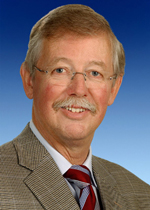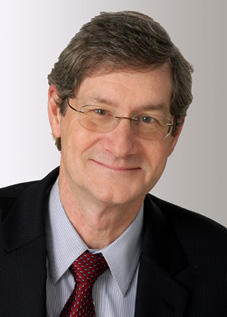| |
| |
| |
| |
| |
| |
| |
| |
Message from the Directors |
||
Michael Kühne |
Stephen Patoray
|
|
Paris, March 2012Dear Colleagues, May 20, the anniversary of the signing of the Metre Convention in 1875, is the day on which the world metrology community celebrates World Metrology Day. As Directors of the two world metrology Organizations (the BIPM and the BIML), our aim in marking the anniversary is to join together and work with you to raise awareness of the important, if often unnoticed, role that metrology plays in all of our lives. And so we take this opportunity to address the stakeholders in the metrology arena and to invite you to join us in the activities to commemorate this important date. This year we have chosen the theme Metrology for safety, reflecting the importance of obtaining reliable measurement results to ensure we are safe whether at work, rest or play. Just like “metrology”, the term “safety” covers a very wide spectrum of topics but many people are unaware of the vital role played by our worldwide metrology community. Safety is crucially dependent on good metrology. It is our collective responsibility as metrologists to ensure that we have trustworthy measurement results whether to help ensure the reliability of the planes people fly in, the impact resistance of cars, or even the radiation therapy we or others will someday need. This is the message we must put across to the public, who use and trust in the measurements we make. Across the world, National Metrology Institutes and the National Legal Metrology organizations strive to provide the communities they serve with the expert metrological knowledge that allows our modern high technology world to function reliably and safely. Let us consider road safety as an example. Some 1.5 million people are killed on the world’s roads each year, an alarming figure which has prompted the UN to declare the Decade of Action for Road Safety (2011–2020). A number of OIML Recommendations are particularly relevant to the field of road safety, as they give guidance on a range of instruments which may be subject to legal controls. Some examples are tire pressure gauges, speedometers, radar equipment for the measurement of the speed of vehicles, evidential breath analyzers and automatic instruments for weighing road vehicles. Taking another example, few members of the public are aware that the BIPM provides comparison and calibration services in the field of ionizing radiation to its Member States' National Metrology Institutes and Designated Institutes, as well as to the World Health Organization / International Atomic Energy Agency (WHO/IAEA) program. Worldwide these BIPM services help to underpin the accuracy of the annual treatment of some seven million patients undergoing radiotherapy, a further 33 million being diagnosed by nuclear medicine, and over 360 million being diagnosed by x-ray. In addition, some 11 million people are monitored for their personal radiation dose because they work with ionizing radiation. These are just a few examples. Whatever people do, whichever way they turn, although they may not know it, their safety depends on us, the metrology community, doing our job, and doing it well. As the slogan says, our message to the world at large is “We measure for your safety”. So join us in celebrating World Metrology Day, and help people recognize the contribution of the intergovernmental and national organizations that work throughout the year on their behalf.
About the BIPM About the OIML
|
||||
|







